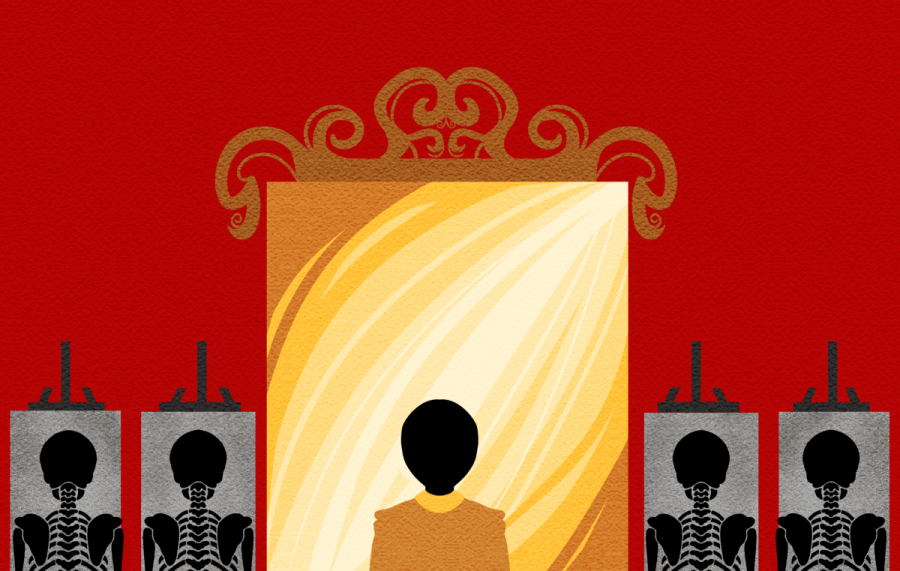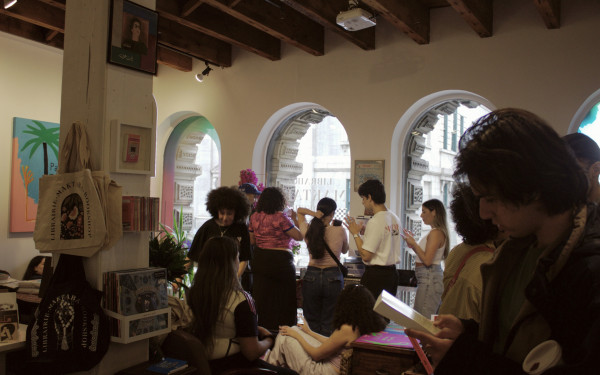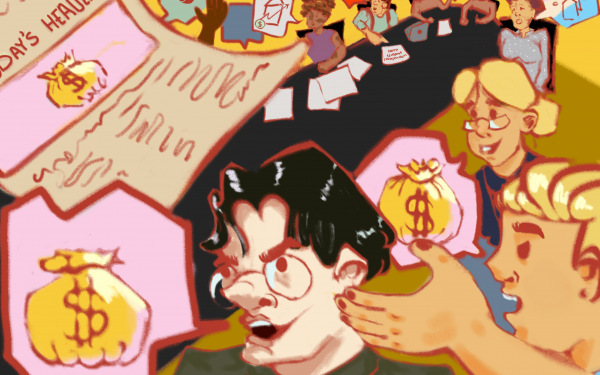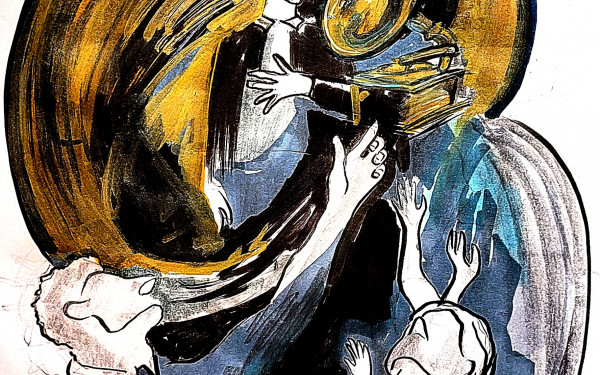Art school doesn’t make you an artist
The institutional barriers to pursuing creativity full-time
I come from a family of artists.
Artists who moved on to doing what is considered a stable job. My dad, a painter for most of his youth, became an accountant. One of my cousins, an excellent pianist, is pursuing a career in engineering. As for me, a musician and aspiring writer, I have chosen to pursue my degree in economics.
The artworld has always been hard to enter. Becoming a successful artist who can live off their creativity happens to only a handful of people. Acquiring the title of artist has now been blocked by obstacles of elite schools and extraordinary teachers. Am I not considered an artist because I have chosen another path? Would I have chosen this path if being an artist had a better guarantee?
Classism has been interconnected with art for years. From the artist to art collectors, it has been a world offered to the richest among us.
The opportunity to go to a great art school and master your craft is a privilege. It is expensive and a financial burden for aspiring artists who come from lower-income households. This implies that remarkable future artists are stopped in their journey before having the chance to prove themselves.
Contrary to other fields, a degree in arts has a lower guarantee of making your money back, which makes the risk scary to many. Those in higher economic classes cannot only afford it, they can also afford to fail and jump to the next best thing.
Furthermore, students from more privileged backgrounds may have had access to private lessons and art materials throughout their earlier education which gives them a head start on their peers.
The emphasis on going to art school and having an impressive portfolio is palpable. The focus on formal education leads to the erasure of alternative pathways to artistic success. Numerous famous artists are self-taught, including Vincent van Gogh, one of the most influential painters of the 19th century.
Money buys opportunities and frequently, money buys success. Arduous work can achieve these too, but under different circumstances. For emerging artists, the cost of creating and displaying their art includes studios, materials, and much more. Galleries tend to favour artists with a formal background, which makes it challenging to accomplish a distinguished career without credentials. As the world is built on networking and personal connections, coming from a higher economic class makes it easier to enter the circle of art collectors, galleries and institutions. Wealthy art collectors have a considerable influence on trends and the visibility of certain artists. They can make or break someone’s career. Having the chance to network with them through school events or affluent parents is an advantage.
The relationship between class and art is complex, particularly within the realms of art education and the art world. But to be an artist is more than going to a fancy school and getting a degree.
To be an artist is to create whatever your heart desires. To be an artist is to be proud and sometimes disappointed in your art. To be an artist is to have an imagination beyond boundaries. To be an artist is to enjoy sharing emotions and moments with the world.
This article originally appeared in Volume 44, Issue 8, published January 16, 2024.


_600_832_s.png)




